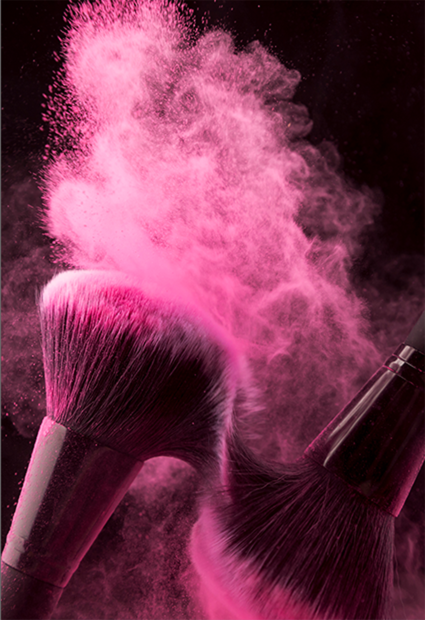mica pigment paint
Exploring the Beauty of Mica Pigment Paint
Mica pigment paint has emerged as a popular choice among artists and DIY enthusiasts for its unique luster and versatility. Derived from natural mineral sources, mica is known for its shimmering properties, allowing artists to create visually striking and vibrant works of art. In this article, we will delve into the characteristics, applications, and creative possibilities of mica pigment paint.
What is Mica Pigment?
Mica is a group of silicate minerals that are prized for their ability to split into thin, flexible sheets. This natural mineral is used as a colorant in paint, cosmetics, and even food. In the realm of art, mica pigment provides a stunning sparkle and depth that traditional pigments simply cannot match. The particles reflect light, creating a multi-dimensional effect that can elevate any artwork.
Mica pigments come in various colors, ranging from metallic hues like gold and silver to vibrant shades such as turquoise and fuchsia. Artists often mix these pigments with different mediums, including acrylics, oils, and resins, to achieve a desired effect.
Applications of Mica Pigment Paint
One of the most exciting aspects of mica pigment paint is its versatility
. It can be used in a variety of artistic applications, including1. Painting Artists use mica pigment to create stunning canvases that shimmer and capture light. The pigments can be mixed with acrylic gel mediums to enhance their glimmering effect, providing a luxurious quality to paintings.
2. Mixed Media Mica pigments are perfect for mixed media projects. They can be incorporated into collage, sculpture, and other dimensional artworks. The reflective quality of mica adds an unexpected twist to traditional mixed media techniques, making each piece unique.
3. Cosmetics Beyond traditional art, mica pigments have found a significant place in the beauty industry. They are used in eyeshadows, highlighters, and lip products to provide a radiant glow. Artists in cosmetics use mica to formulate shades that are not only beautiful but also safe and natural.
mica pigment paint

4. Crafts and DIY Projects Mica pigments can be mixed into varnishes, sealants, and other craft materials to add a touch of glamour. Crafters use these pigments in resin art, candle making, and even soap making, allowing for endless creative opportunities.
Tips for Working with Mica Pigment Paint
When working with mica pigment paint, here are some tips to enhance your experience
- Mixing Always blend mica pigments thoroughly with your chosen medium to ensure even distribution and avoid clumping. Experimenting with different ratios can yield exciting new colors and effects.
- Layering Because mica pigments reflect light, layering different colors can create depth and complexity in your work. Try applying thin layers to achieve a more nuanced look.
- Testing Before committing to a final piece, test your mica mixtures on scrap material. This will give you a clear idea of how the colors will interact and the types of finishes you can achieve.
- Sealing To preserve the integrity of your mica artwork, consider applying a clear sealant. This will protect the shimmer and prevent any fading over time.
Conclusion
Mica pigment paint represents a harmonious blend of nature and artistry. Its radiant qualities allow artists and crafters to push creative boundaries and explore new aesthetics. With its rich history and versatile applications, mica pigment is not just a material, but a tool for expression. Whether you’re a seasoned artist or a beginner, incorporating mica pigments into your projects can truly transform your work, adding depth, shimmer, and a unique touch that captivates the eye. Explore the world of mica pigments, and let your creativity shine!
-
Transforming Surfaces with Mica-Enhanced Paints in Coatings and DecorationNewsJul.02,2025
-
The Ultimate Guide to Mica-Based Luminous Colors with Pearlescent PigmentNewsJul.02,2025
-
The Critical Role of Mica in Industrial Applications in Welding and Oil FieldsNewsJul.02,2025
-
Revolutionizing Automotive Aesthetics with Modified Plastics Pearlescent PigmentsNewsJul.02,2025
-
The Secret with Mica Powder for Cosmetics Behind Radiant, Natural MakeupNewsJul.02,2025
-
Enhancing Performance in Polymer Applications with Mica Powder for RubberNewsJul.02,2025
Products categories









